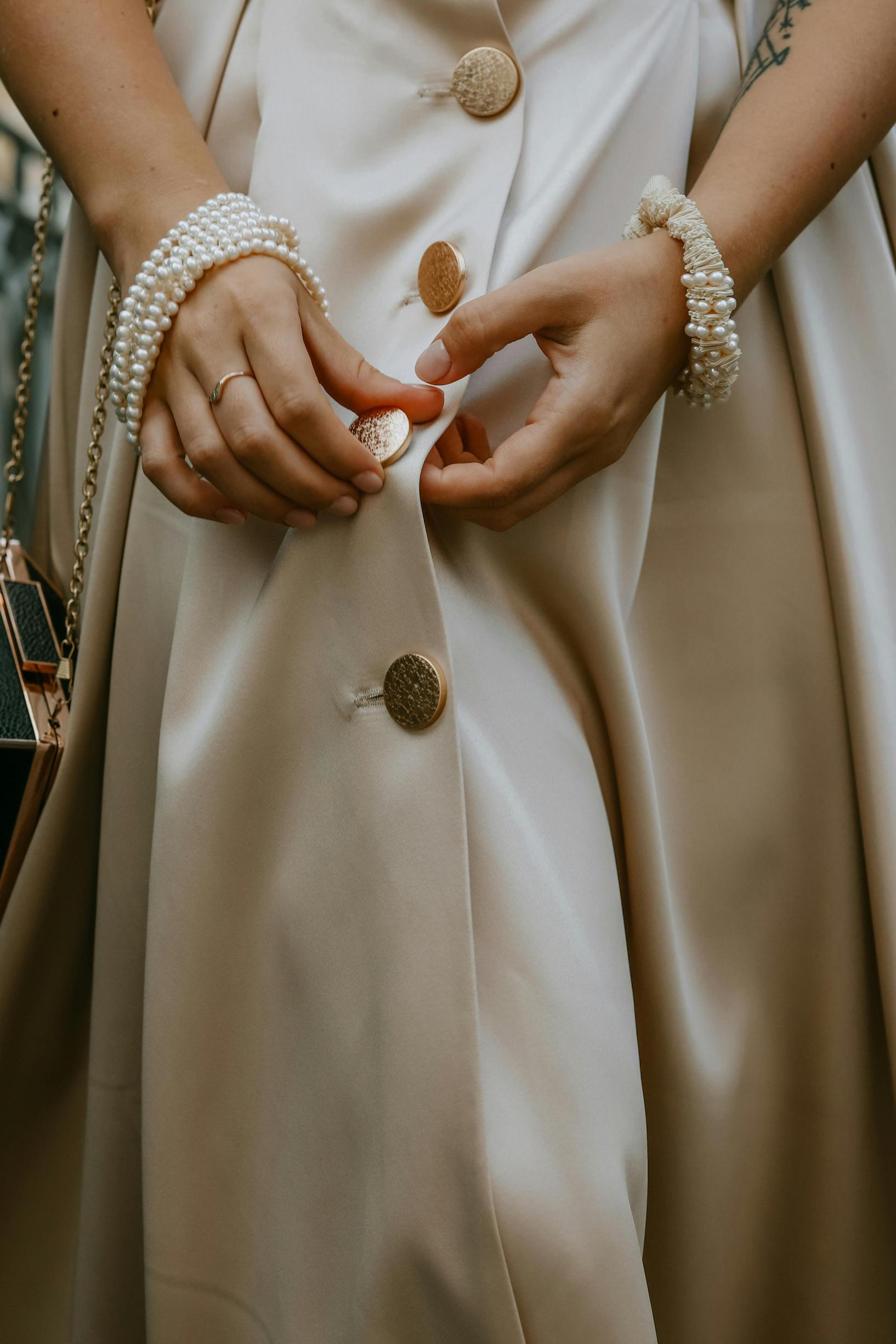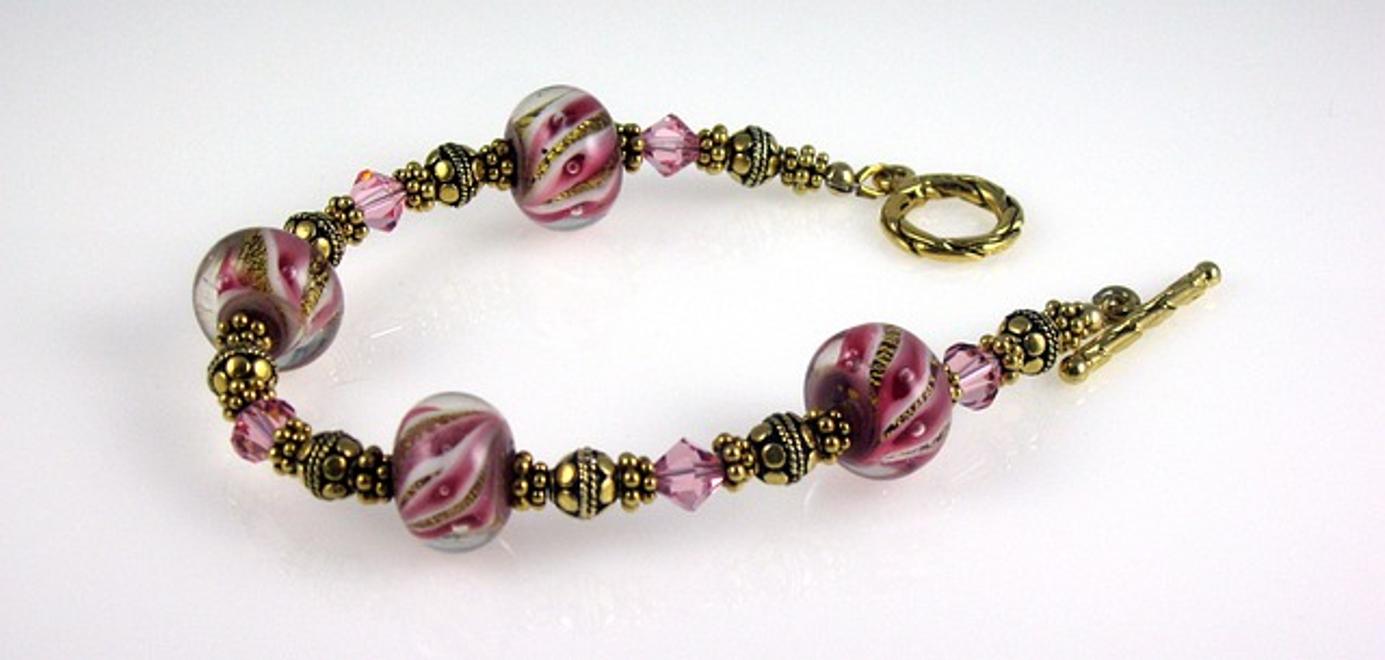How to Make a Sliding Knot Bracelet with Beads
Introduction
Creating jewelry at home isn’t just a fun activity; it’s an opportunity to craft personalized pieces that reflect your individual style. Sliding knot bracelets with beads are not only trendy but also incredibly versatile, making them perfect for all tastes. In this guide, you’ll learn how to make a sliding knot bracelet with beads, offering both precision and customization.

Materials Needed
To get started, you’ll need the following materials:
– Waxed cotton cord or nylon cording (about 24 inches)
– Beads of your choice (glass, wood, metal, etc.)
– Scissors
– A lighter (optional, for sealing cord ends)
– Tape or clipboard (to secure the cord while you work)

Step-by-Step Guide to Creating the Bracelet
Creating a sliding knot bracelet can be divided into four main stages: preparing the cord, adding the beads, creating the sliding knot, and adding finishing touches.
Preparing the Cord
-
Measure and cut the cord: Cut two pieces of cord about 12 inches each. This length is adjustable based on the size of your wrist and the number of beads you plan to use.
-
Secure the cord: Use tape or a clipboard to secure one end of the cord to your working surface. This helps keep the cord steady while you work.
-
Seal the ends (if using nylon cording): Use a lighter to slightly melt the ends of the cord to prevent fraying. This is optional but ensures durability.
-
Mark the center: Fold the cord in half and mark or take note of the center point. You’ll be working from this midpoint as you add beads and create knots.
Adding the Beads
-
Arrange your beads: Before stringing them, place your beads in the desired order. This makes it easier to string them without interruptions.
-
String the beads: Starting from the center point, string the beads onto each side of the cord. To ensure symmetry, add the beads alternately to each side.
-
Position the beads: Once all beads are added, position them so they rest in the middle of the bracelet. Adjust as necessary to maintain balance and design.
-
Secure with knots: After adding the beads, tie a simple knot on each side of the last bead to keep the beads from moving out of place.
Creating the Sliding Knot
-
Overlap the cords: Lay the two strands of each end of the bracelet parallel to each other. Take one strand from each side and lay them over the other side’s strands.
-
Form a loop: Take one of the cords and loop it over both strands on the other side, then back under, creating a small loop.
-
Wrap and pull: Wrap the cord around the other two strands 3-4 times. Then, take the end of the cord through the loop created, adjusting to ensure it moves smoothly.
-
Repeat on the other side: Do the same process on the opposite side to create a sliding knot that can adjust the bracelet’s tightness.
Finishing Touches and Adjustments
-
Trim excess cord: After securing the sliding knots, trim any excess cord, leaving a small length to ensure durability.
-
Secure knots (optional): If desired, apply a dot of jewelry glue to the knots for extra security.
-
Adjust the bracelet: Slide the knots back and forth to make sure they move smoothly and allow the bracelet to expand and contract.
Tips and Tricks for Perfecting Your Bracelet
- Consistency is key: Ensure all knots are uniform in size for a polished look.
- Experiment with cord types: Try different materials like leather or hemp for various styles and textures.
- Seal the ends carefully: If using a lighter, be cautious to avoid burning the cord. Gently melt the ends for a neat finish.
- Test the sliding mechanism: Ensure the sliding knots function well without too much friction. You want them snug but not too tight to adjust.
Creative Variations and Design Ideas
Making sliding knot bracelets offers endless possibilities. Here are a few creative concepts to inspire you:
– Charm additions: Incorporating small charms or pendants alongside the beads for a personalized touch.
– Multiple strands: Create multi-strand bracelets combining various colors and textures of cord for a boho-chic look.
– Thematic designs: Design bracelets for holidays, seasons, or personal milestones with specific colors and bead types.
– Metallic accents: Use metallic cords or beads to add a sleek, modern appeal to your bracelet.

Conclusion
Crafting a sliding knot bracelet with beads is both an enjoyable and rewarding experience. By following the step-by-step guide provided and experimenting with different materials and designs, you can create beautiful, functional bracelets that reflect your personal style. So gather your materials, tap into your creativity, and start making your own sliding knot bracelet today.
Frequently Asked Questions
What type of cord is best for sliding knot bracelets?
Waxed cotton cord and nylon cording are excellent choices due to their durability and ease of use. They are also available in various colors to suit your design preferences.
How can I ensure the sliding knot holds firm?
Consistency in tightness and wrapping the cord evenly is crucial. Adding a small dot of jewelry glue can also provide added security.
Can I add charms to my sliding knot bracelet?
Absolutely! Adding charms can personalize your bracelet and enhance its visual appeal. Simply attach the charms alongside your beads or integrate them into the design.
